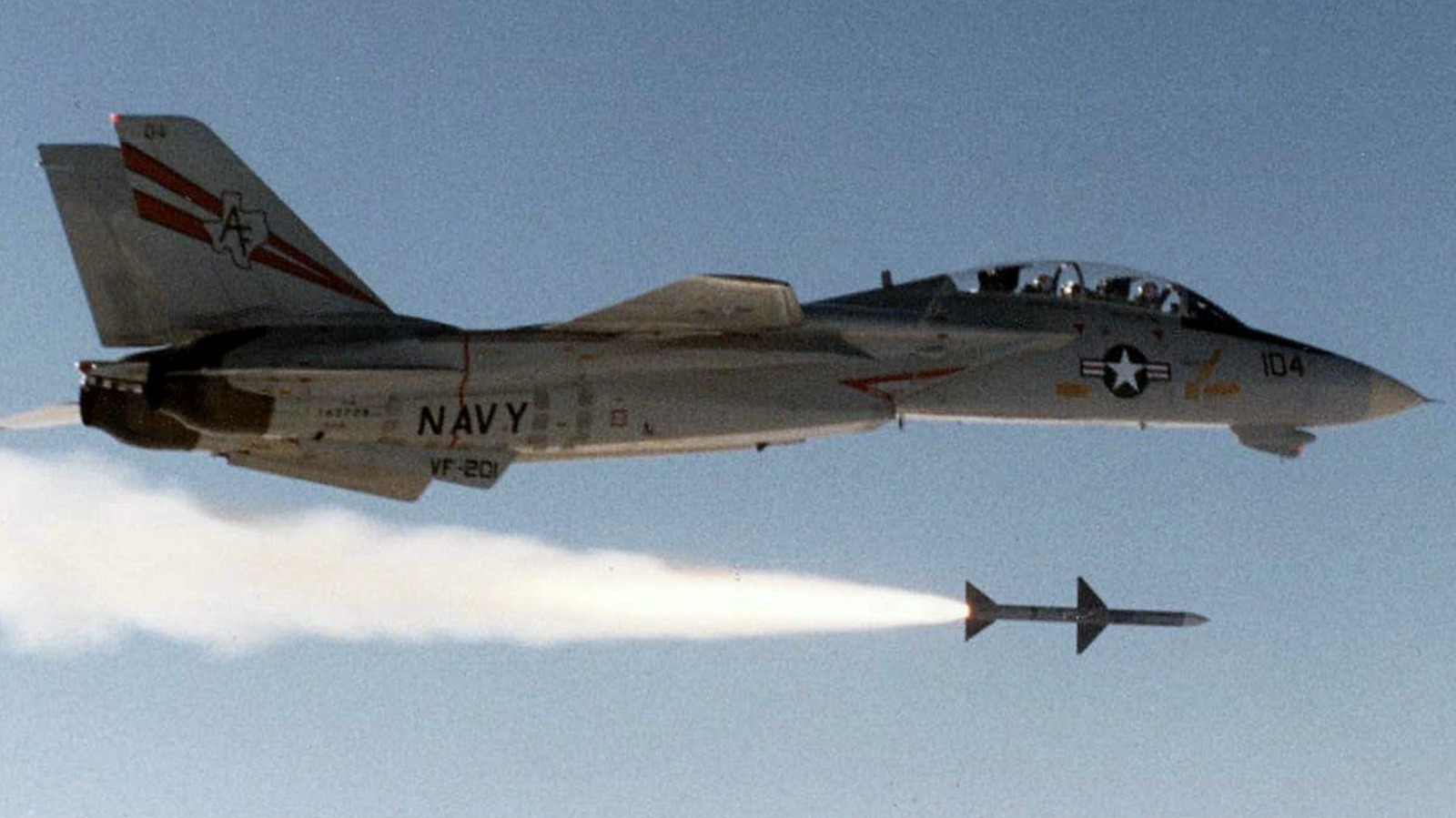Sports
Understanding the ‘Fox’ Codes Used by Fighter Pilots in Combat

Fighter pilots use specific codes when launching missiles to communicate vital information quickly and reduce the risk of friendly fire. Among these codes, the terms “Fox One,” “Fox Two,” and “Fox Three” are widely recognized in military aviation, particularly within NATO operations. These brevity codes help pilots identify the type of missile being deployed, ensuring clarity in a complex and fast-paced combat environment.
The Significance of Brevity Codes in Aviation
The use of brevity codes, such as those beginning with “Fox,” originated during the Vietnam War and have since become standard practice among NATO forces. With 32 countries in NATO, the need for clear communication is paramount. When a pilot announces their callsign followed by one of the fox codes, they inform their wingmen and other aircraft about the specific type of missile being fired.
The primary goal of these codes is to minimize the chances of friendly fire incidents. In scenarios where multiple aircraft are operating in close proximity, understanding which type of missile is in flight can save lives. Each code corresponds to a different category of missile: semi-active radar homing, infrared homing, and active radar homing.
Decoding the ‘Fox’ Codes
When a pilot states “Fox One,” they indicate the launch of a semi-active radar homing missile, such as the AIM-7 Sparrow. This type of missile relies on the radar of the launching aircraft to maintain a lock on the target throughout its flight. Without this radar lock, the missile risks losing its target.
“Fox Two” refers to the launch of an infrared homing missile, like the AIM-9 Sidewinder. These heat-seeking missiles are primarily used in close-range engagements, making it essential for pilots to communicate their actions clearly. The infrared sensors target heat sources, typically the exhaust of enemy aircraft, which adds to the critical importance of the “Fox Two” designation in avoiding friendly fire.
Finally, “Fox Three” signals the launch of an active radar-homing missile, such as the AIM-120 AMRAAM. Unlike the previous types, these missiles have their own radar transceiver, allowing them to operate independently of the launching aircraft’s radar. This capability enables longer-range engagements, as the pilot does not need to maintain a lock during the missile’s flight.
The choice of missile type depends on the specific conditions of the engagement, and pilots are trained to determine the most suitable ordnance for each situation. When a pilot communicates “Eagle One, Fox Three,” it conveys critical information about the engagement dynamics to both allies and any potential adversaries in the vicinity.
Understanding the significance of the “Fox” codes not only highlights the tactical complexities of air combat but also underscores the importance of effective communication among fighter pilots. As military technology continues to advance, these codes remain a vital component of operational safety and effectiveness in the air.
-

 Lifestyle3 months ago
Lifestyle3 months agoLibraries Challenge Rising E-Book Costs Amid Growing Demand
-

 Sports3 months ago
Sports3 months agoTyreek Hill Responds to Tua Tagovailoa’s Comments on Team Dynamics
-

 Sports3 months ago
Sports3 months agoLiverpool Secures Agreement to Sign Young Striker Will Wright
-

 Lifestyle3 months ago
Lifestyle3 months agoSave Your Split Tomatoes: Expert Tips for Gardeners
-

 Lifestyle3 months ago
Lifestyle3 months agoPrincess Beatrice’s Daughter Athena Joins Siblings at London Parade
-

 World3 months ago
World3 months agoWinter Storms Lash New South Wales with Snow, Flood Risks
-

 Science3 months ago
Science3 months agoTrump Administration Moves to Repeal Key Climate Regulation
-

 Science2 months ago
Science2 months agoSan Francisco Hosts Unique Contest to Identify “Performative Males”
-

 Business3 months ago
Business3 months agoSoFi Technologies Shares Slip 2% Following Insider Stock Sale
-

 Science3 months ago
Science3 months agoNew Tool Reveals Link Between Horse Coat Condition and Parasites
-

 Sports3 months ago
Sports3 months agoElon Musk Sculpture Travels From Utah to Yosemite National Park
-

 Science3 months ago
Science3 months agoNew Study Confirms Humans Transported Stonehenge Bluestones









